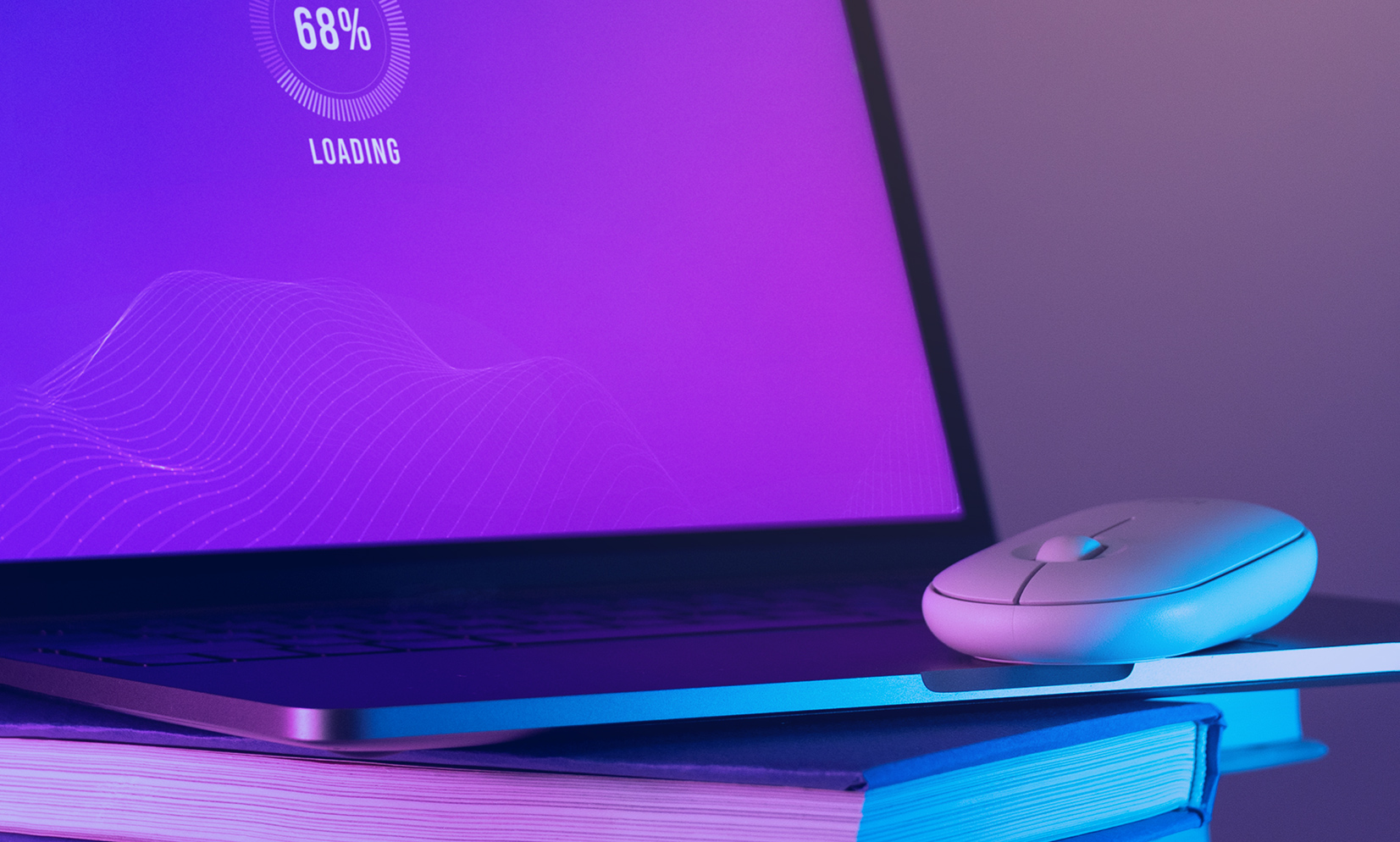In an era where the pace of global trade is accelerating, the necessity for streamlined, precise, and secure customs processes has never been greater. The advent of digital technologies is at the forefront of this transformation, reshaping the landscape of customs operations. This article delves into the revolutionary impact of Artificial Intelligence (AI), Machine Learning (ML), and Optical Character Recognition (OCR) on customs, highlighting how these technologies enhance efficiency, reduce errors, and increase security.
Summary
The global trade environment is undergoing a significant transformation driven by digital technologies. Customs operations, in particular, are benefiting immensely from innovations such as AI, ML, and OCR. AI enables predictive analytics and automated decision-making, reducing human error and speeding up customs declarations and inspections. ML improves risk assessment and fraud detection, learning from data patterns without needing explicit programming. OCR technology digitises physical documents, transforming paperwork into searchable electronic data, thus expediting processing times and reducing manual entry errors.
According to Deloitte’s Trade Automation Survey Report, adopting automated global trade management solutions can enhance visibility into cross-border movements and shift from reactive to proactive exception management, aligning with the needs for modern customs operations. The UK’s Single Trade Window (STW) is a prime example, simplifying regulatory document submissions through a single portal, thus enhancing transparency and reducing redundancy.







